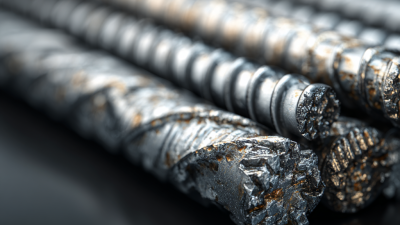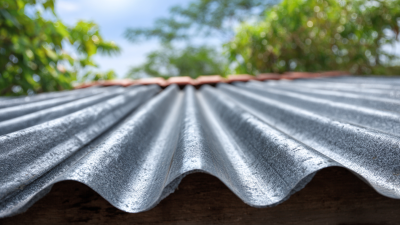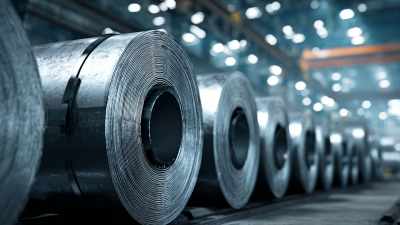Leave Your Message
-
Phone
-
E-mail
-
Whatsapp
In the realm of construction and infrastructure, the importance of reliable piping systems cannot be overstated. Galvanized Iron (Gi Pipe) has emerged as a fundamental component in various applications due to its durability, corrosion resistance, and cost-effectiveness. According to a report by the Global Market Insights, the demand for galvanized steel pipes, including Gi Pipes, is projected to rise significantly, driven by expanding industrial applications and urbanization trends.
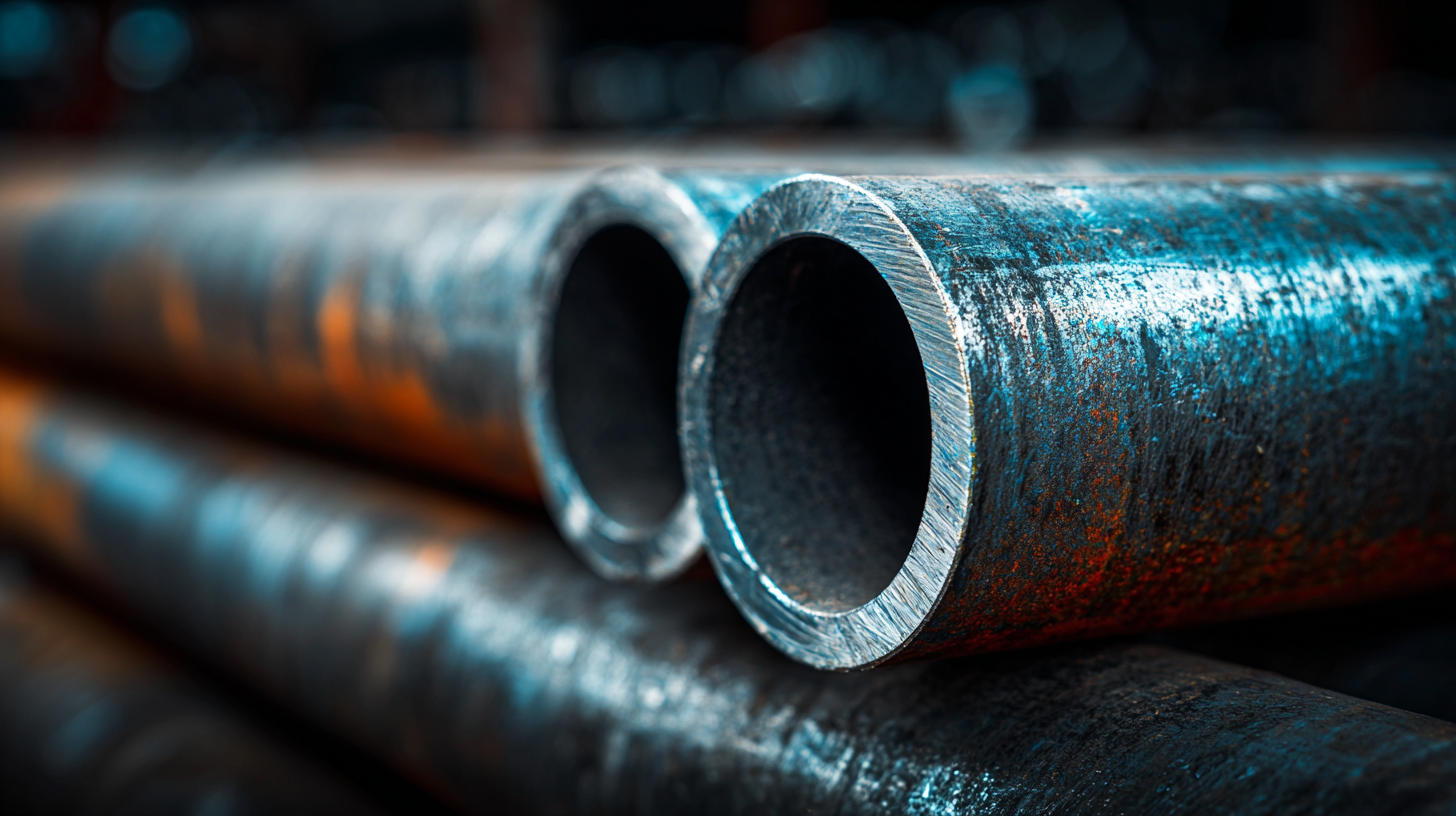
With applications ranging from water supply systems to plumbing, heating, and even the oil and gas sector, the versatility of Gi Pipes makes them an indispensable element in modern engineering. This blog will delve into the essentials of Gi Pipes, examining their properties, manufacturing process, and diverse applications that underscore their critical role in today's construction landscape.
GI pipes, or galvanized iron pipes, are a type of tubing that has been coated with a layer of zinc to protect against corrosion and rust. This process, known as galvanization, enhances the durability and longevity of the pipes, making them a popular choice in various construction and plumbing applications. GI pipes are widely recognized for their strength, making them suitable for both residential and industrial use. Their ability to withstand high pressure and temperatures adds to their appeal, ensuring they can function effectively in diverse environments.
In addition to their robust physical properties, GI pipes possess excellent flexibility and ease of installation. They can be easily threaded and joined, which simplifies the process of constructing plumbing systems. Furthermore, their resistance to harsh weather conditions allows them to be used effectively for outdoor applications, such as irrigation and drainage systems. The versatility of GI pipes also extends to their use in gas and water supply lines, showcasing their adaptability to different materials and scenarios. With these key characteristics, it is clear that GI pipes play a vital role in modern infrastructure and utility services.
| Characteristic | Description | Applications |
|---|---|---|
| Material | Galvanized iron, a steel with a protective zinc coating | Water supply systems, irrigation |
| Strength | High tensile strength, resistant to impact | Structural applications, frameworks |
| Corrosion Resistance | Coated with zinc to prevent rust and corrosion | Sewer systems, plumbing |
| Weight | Relatively lightweight, easy to handle | Residential and commercial construction |
| Cost | Cost-effective compared to other piping materials | Budget-friendly plumbing projects |
The manufacturing process of Galvanized Iron (GI) pipes involves several intricate steps that transform raw materials into durable, corrosion-resistant products. Initially, the process begins with selecting high-quality iron or steel as the base material. This is essential as it determines the strength and longevity of the final pipe. The raw metal is then subjected to heating and molding, often using advanced techniques such as hot-dip galvanizing, where the metal is submerged in molten zinc. This coating provides a protective barrier against rust and wear, enhancing the pipe's durability for various applications.
Once the pipes are formed and coated, they undergo stringent quality control measures to ensure they meet industrial and safety standards. This involves checking for flaws such as weld integrity, diameter accuracy, and coating thickness. After passing these tests, the pipes are cut to specified lengths and prepared for distribution.
The versatility of GI pipes across different fields, including construction, irrigation, and plumbing, showcases their practicality. Their robust nature, coupled with effective manufacturing processes, ensures they are well-suited for handling both water and other substances in demanding environments.
Galvanized Iron (GI) pipes have become a staple in the construction and infrastructure sectors due to their durability and versatility. One of the most common applications of GI pipes is in plumbing systems. Their resistance to corrosion makes them ideal for transporting water in both residential and commercial buildings. Unlike other materials that may rust over time, GI pipes maintain their integrity, ensuring a reliable water supply and reducing the need for frequent replacements.
In addition to plumbing, GI pipes are widely used in scaffolding and structural applications. The strength of these pipes provides the necessary support for construction sites, allowing workers to safely execute their tasks at various heights. Furthermore, their lightweight nature facilitates easy handling and installation, making them a preferred choice for contractors. Beyond construction, GI pipes find use in various other infrastructure projects, including railings, agricultural applications, and electrical conduit systems, showcasing their adaptability across different fields.
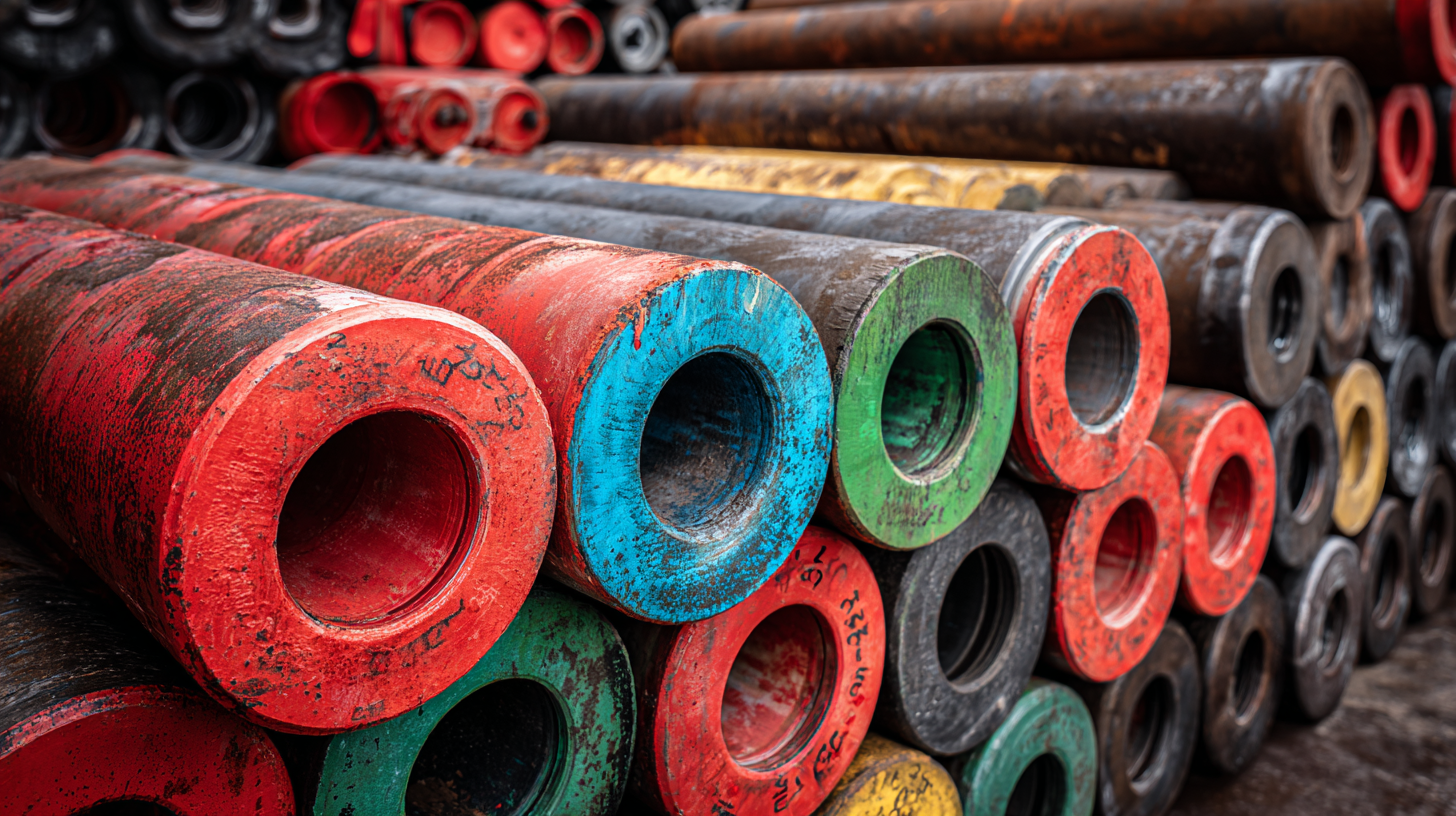
Galvanized Iron (GI) pipes have long been favored in various construction and plumbing applications due to their durability and resistance to corrosion. When comparing GI pipes to other materials such as PVC, copper, and stainless steel, certain advantages emerge. For instance, GI pipes are less expensive than copper, while offering a more robust solution than PVC in high-temperature environments. Stainless steel, while highly resistant to corrosion, comes at a significantly higher cost, making GI pipes a more budget-friendly choice for many projects.
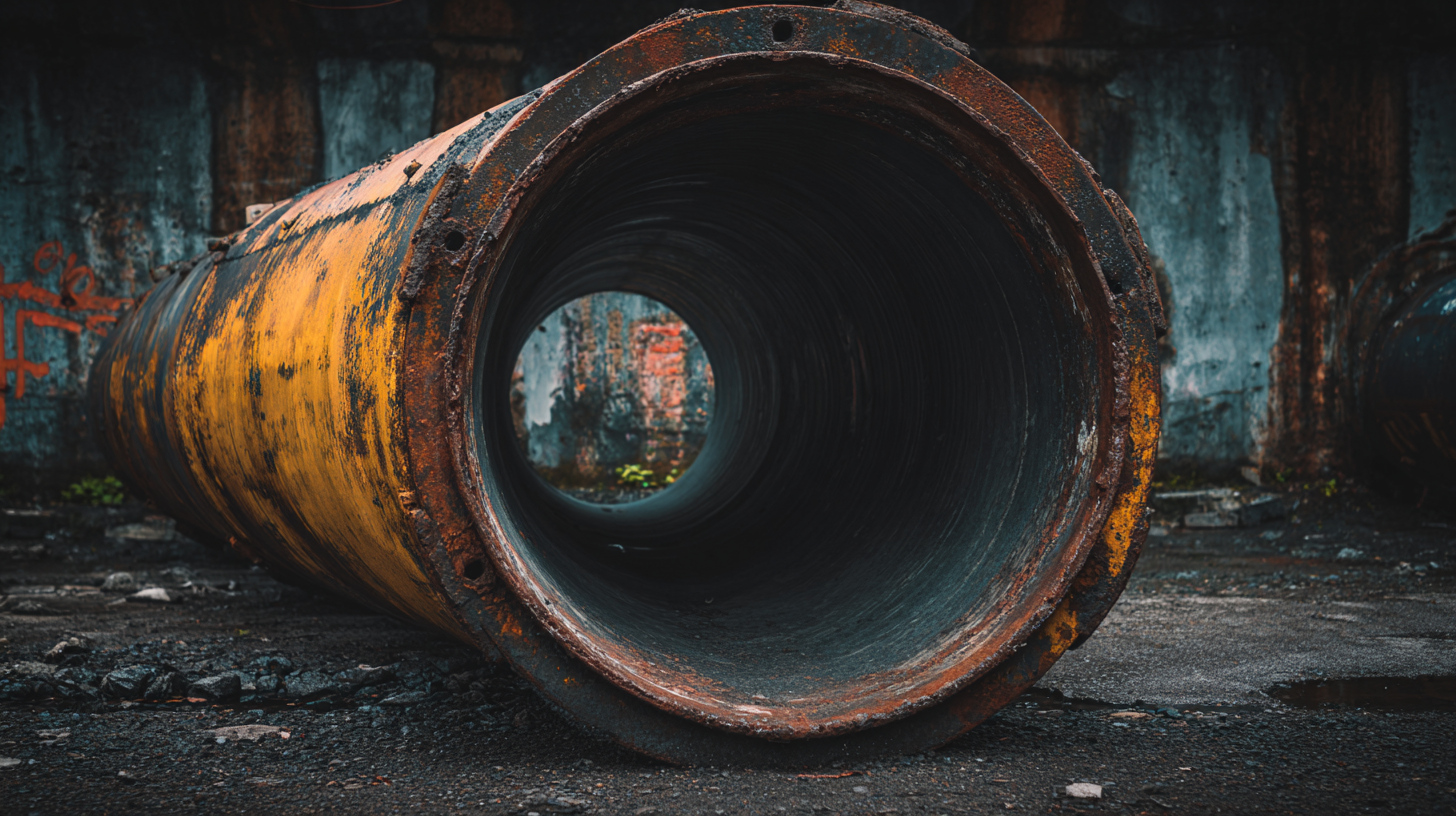
Tips for selecting the right pipe material often include considering the specific application and environmental factors. For example, if you’re working on a water supply system exposed to external conditions, GI pipes could be ideal due to their protective zinc coating. However, in situations where high pressure and extreme temperatures are involved, it might be more prudent to invest in stainless steel. Another tip is to assess the overall installation costs, including maintenance; while GI pipes may require periodic inspection for rust, their initial affordability can provide substantial savings in the long run.
Galvanized iron (Gi) pipes are a popular choice in various industries due to their durability and resistance to corrosion. However, maintaining these pipes is crucial for ensuring their longevity, especially in diverse environments. Regular inspections can help identify early signs of wear, such as rust or scaling, which can compromise the integrity of the pipes. Cleaning with appropriate non-corrosive agents can further prevent buildup and extend the lifespan of Gi pipes.
Different environments pose unique challenges to Gi pipes. For instance, in coastal areas where salt content is high, special care should be taken to coat the pipes with protective materials to ward off corrosion. In contrast, in industrial settings where chemicals may be present, using appropriate sealants can prevent degradation. Understanding the specific environmental stresses on Gi pipes can inform better maintenance practices, ensuring they continue to perform well and remain safe over time. Regular maintenance and environment-specific care can significantly enhance the reliability and operational efficiency of Gi pipes across various applications.
